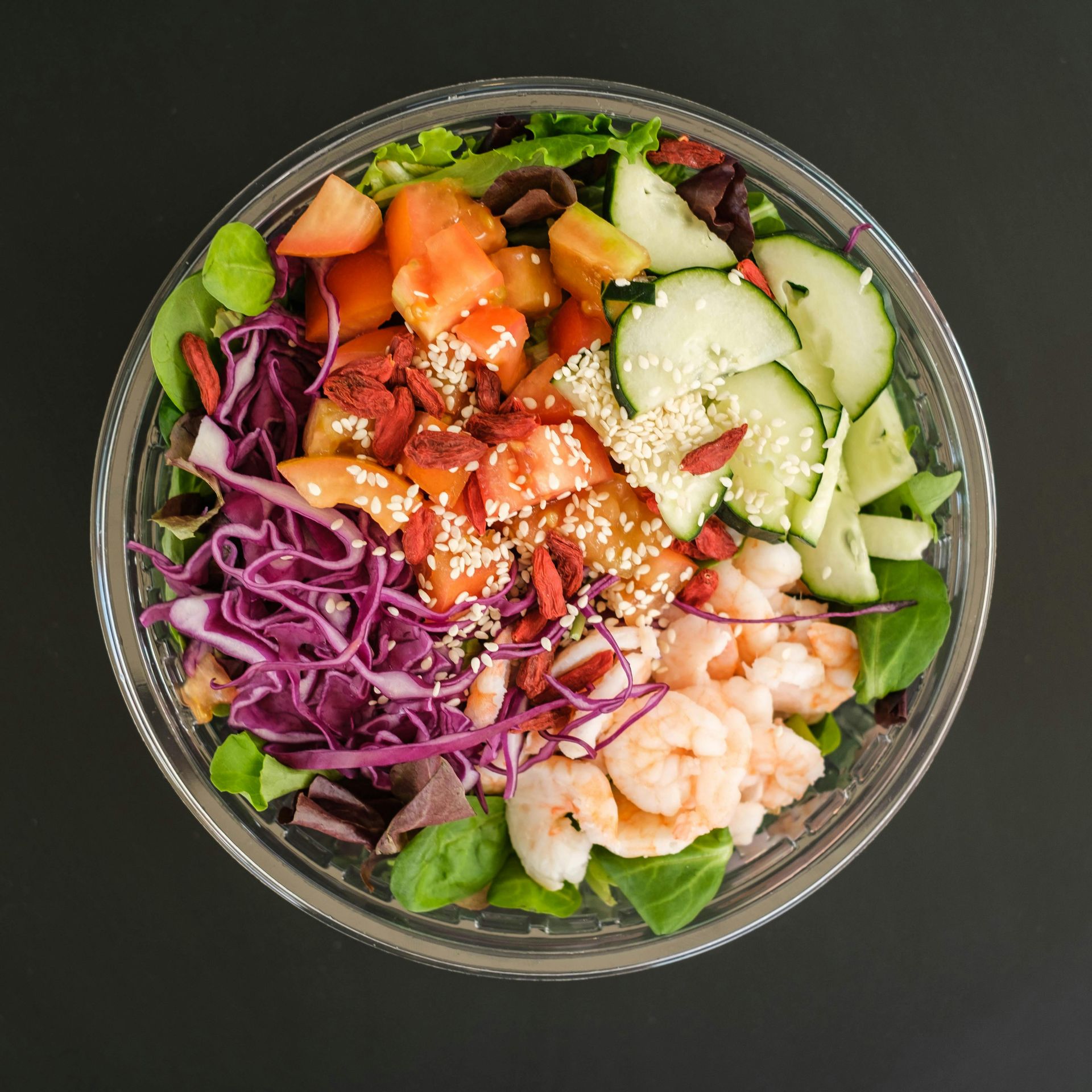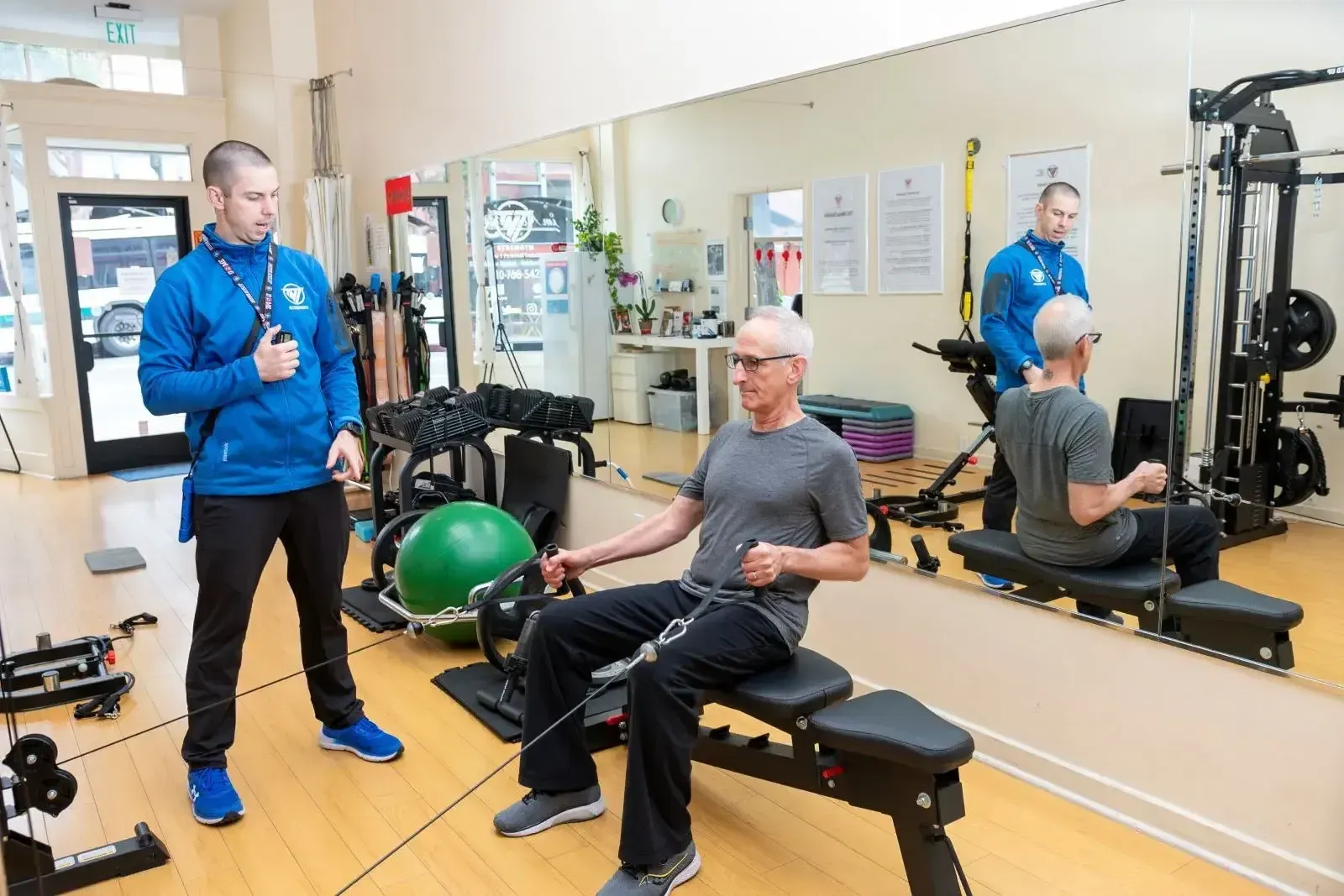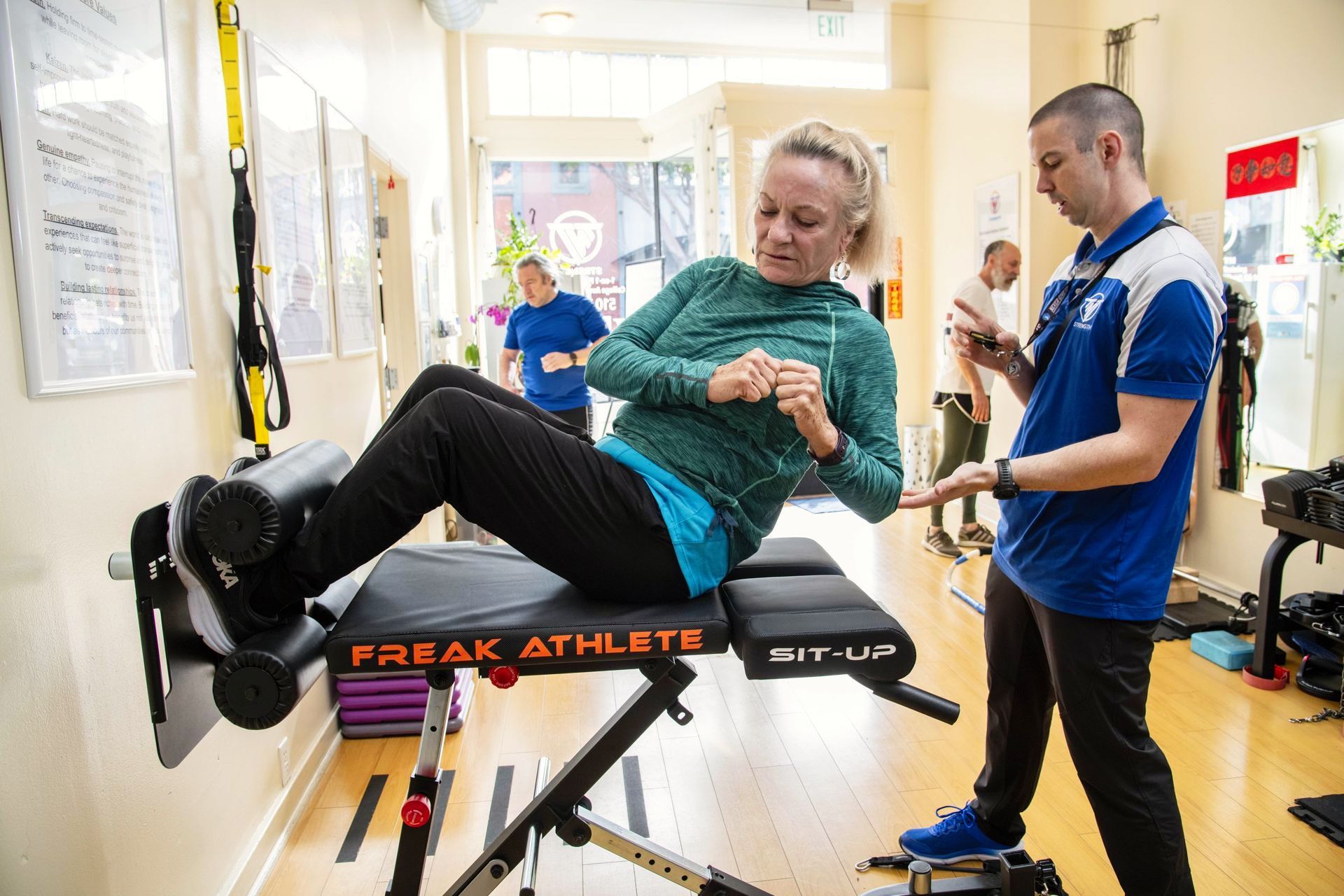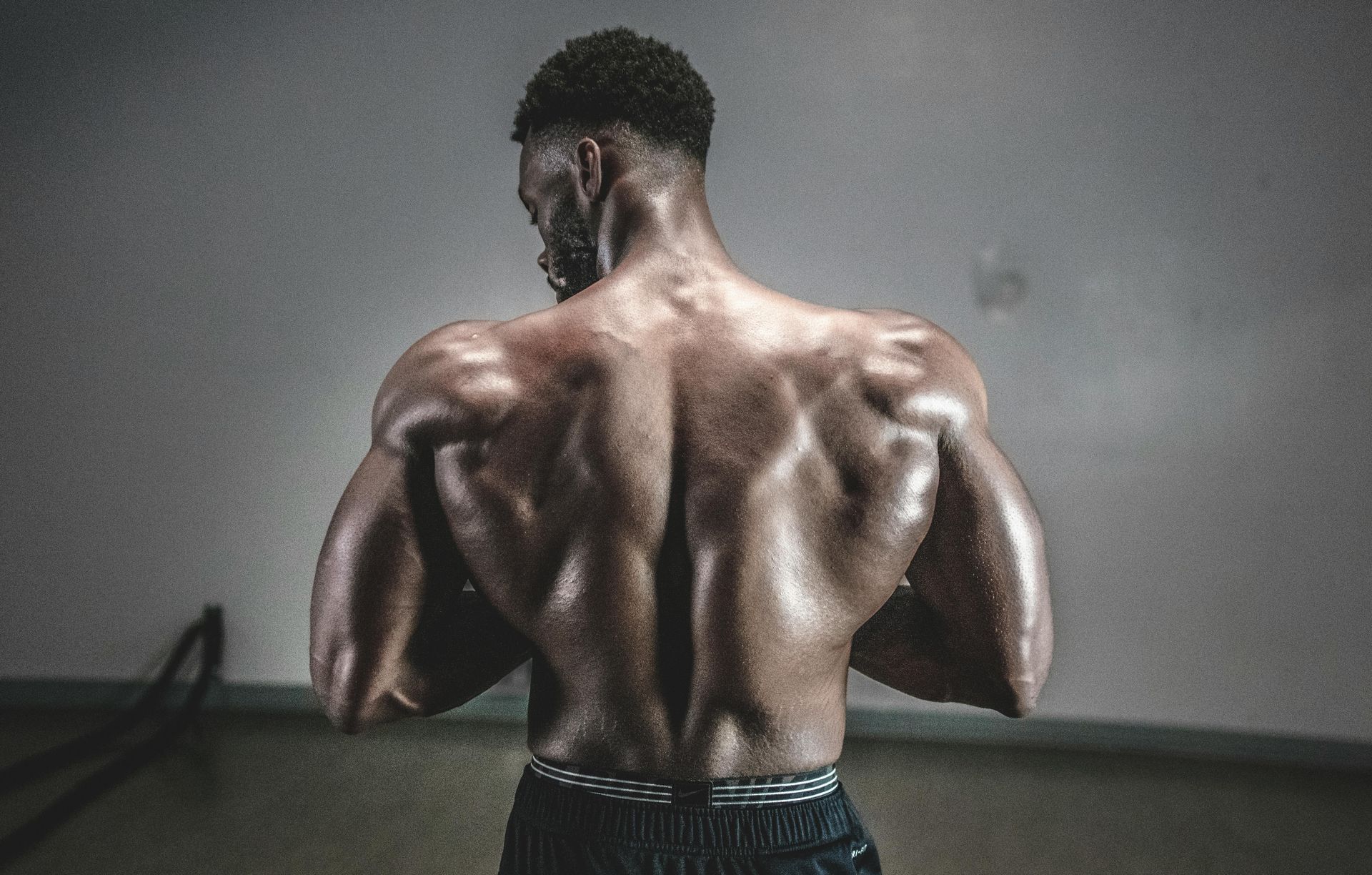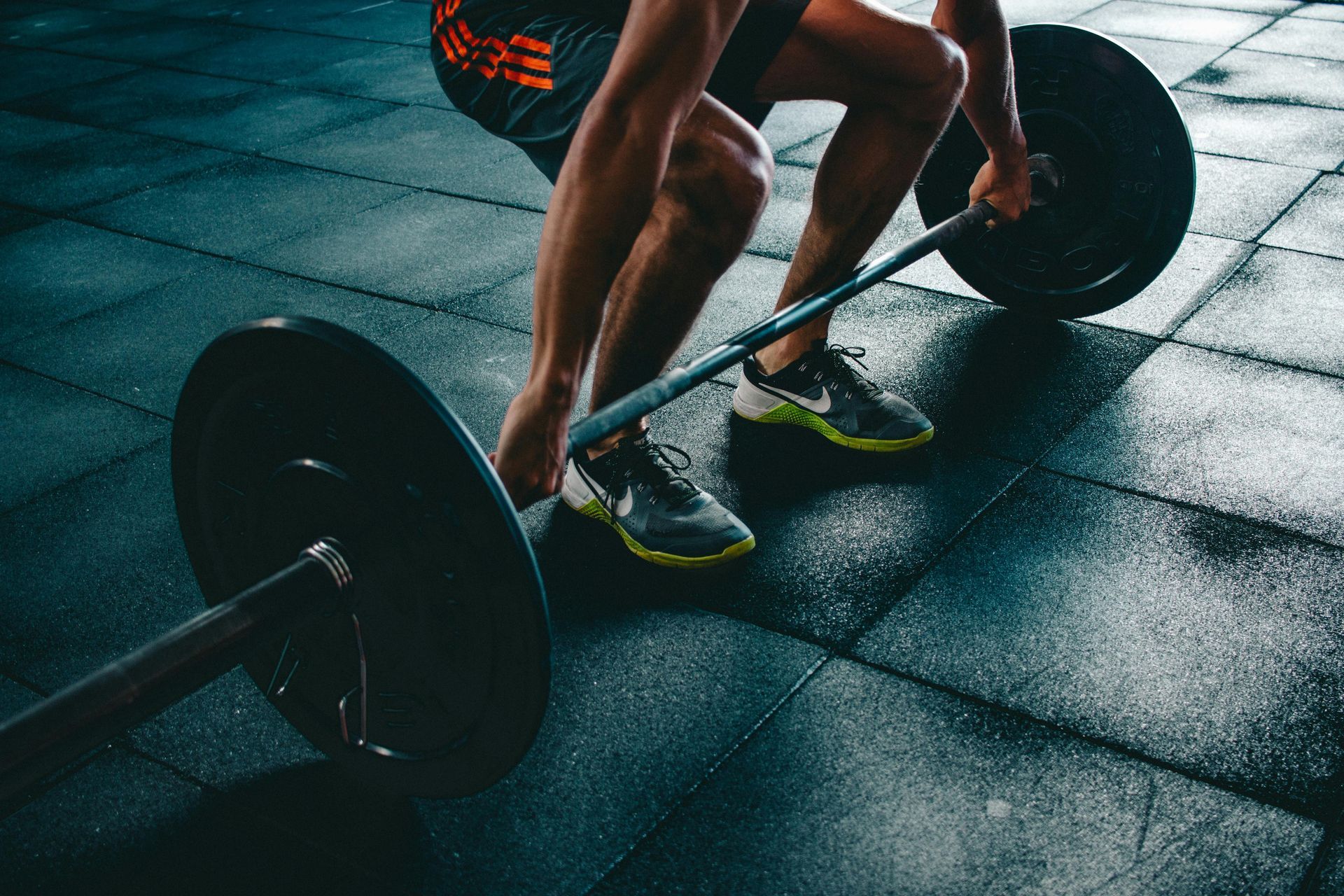MISSION CRITICAL: Protect the command center

For some time now I have been recommending that people train the muscles of the head and neck. I used to think this was primarily important for combat athletes such as those intending to participate in wrestling, judo, MMA, boxing, football, hockey, rugby etc.
Later I added any athlete who participates in a sport with potential head impacts of any kind including soccer, basketball, and lacrosse. These days I have come to realize that everyone (athlete or not) can, and will benefit from having a stronger neck complex.
In fact, research indicates that building muscle strength in such important places as the neck, shoulders and jaw not only allows this area to better dissipate forces, but that having a stronger neck will actually improve other athletic and functional movements because (much like having a stronger mid-section) stronger neck muscles increase stability and control allowing your body to transmit force more efficiently, wherever it’s being applied.

In the past I used a basic neck series* consisting of shrugs, combined with four way neck movements. Currently I use and recommend the Concussion Prevention Protocol * based on the work of Ralph Cornwall Jr. Ph.D. (Exercise Physiologist -Researcher).
These days we know that strength training is not just important, but it is the most important exercise one can participate in. It offers numerous benefits both physical and psychological, and when implemented intelligently takes very little time to see and feel these amazing improvements.
In my personal opinion most regular folks can and will benefit from adding a brief, intense, and effective neck strengthening routine to their current strength training program. Training the neck is not difficult to do and because most folks necks have rarely experienced any exposure to strength training, these muscles tend to respond rather quickly to a training stimulus. An effective neck training program will only add about 8 - 15 minutes to your program (depending on which protocol you implement) and their are a variety of tools and methods that are readily available to you to accomplish this goal. Below are links that will lead you to examples of several of the methods and or tools available for neck strengthening.
There are many ways to train the neck:
1. Manual Resistance 2. Neck Harness 3. Dedicated machine 4. Resistance Bands / Cables 5. Physio-Ball
*My basic neck routine looks like this:
Neck & Trap Exercise Sequence
1. Neck Flexion – 12 reps (60 seconds TUT)
2. Neck Extension – 12 reps (60 seconds TUT)
3. Lateral Flexion Right – 12 reps (60 seconds TUT)
4. Lateral Flexion Left – 12 reps (60 seconds TUT)
5. Shrugs – 12 reps (60 seconds TUT) Seated or Standing (can be performed with dumbbells, barbell, resistance bands, or Smith Machine etc.)
If you are lucky enough to have access to a dedicated neck training machine , I recommend that you give it a try. If your facility does not have such a device, take the time to learn and apply one or more of the other methods described above. Regular neck training may help improve posture, lesson headaches and also help protect you in the case of an unexpected slip, fall or other collision.
If you are already doing some form of neck training and are happy with the results, keep up the good work. If you are looking for a quick and easy way to strengthen your neck, but don't have access to any specific neck training equipment, give the following routine a try.
Neck Routine: Begin with one set of Shrugs with enough weight to fatigue within 60 seconds. Do one set of 60 seconds pushing head into a small stability ball in all four directions. Finish with a final 60 second set of shrugs. Alternate methods not shown include but are not limited to, using a neck harness attached to cables or resistance bands, as well as manual resistance either solo or using a partner.
You’ve got eight minutes, so get to it!
TAKU
TAKU’s NOTE: This week we are lucky enough to have Mark Asanovich as our podcast guest. Check out our current episode to learn all about why everyone may benefit from Head & Neck training.
Experience the TNT Strength difference with a free workout.
START YOUR FITNESS TRANSFORMATION WITH A
FREE WORKOUT
Complete the form and we'll set up an appointment for you.

